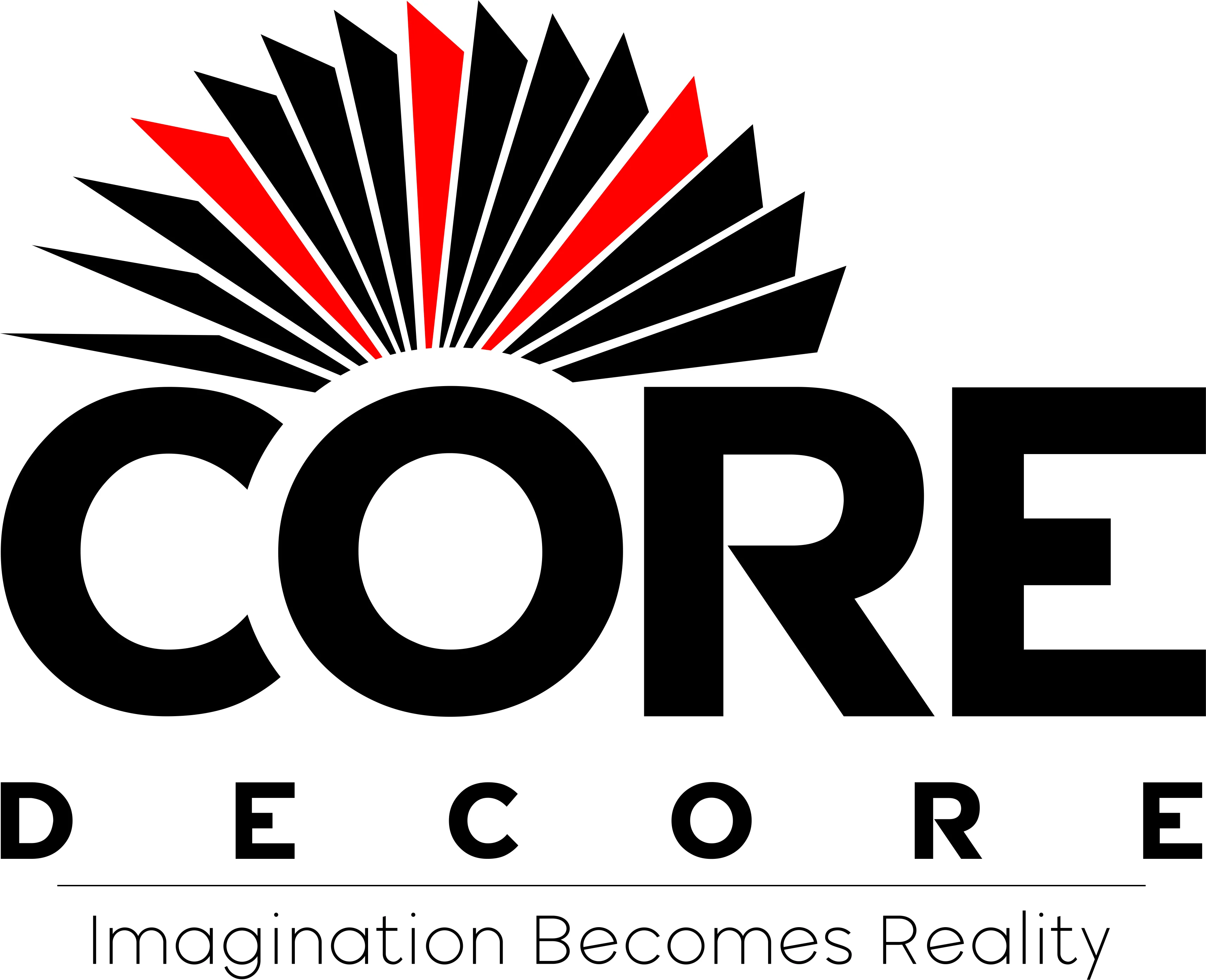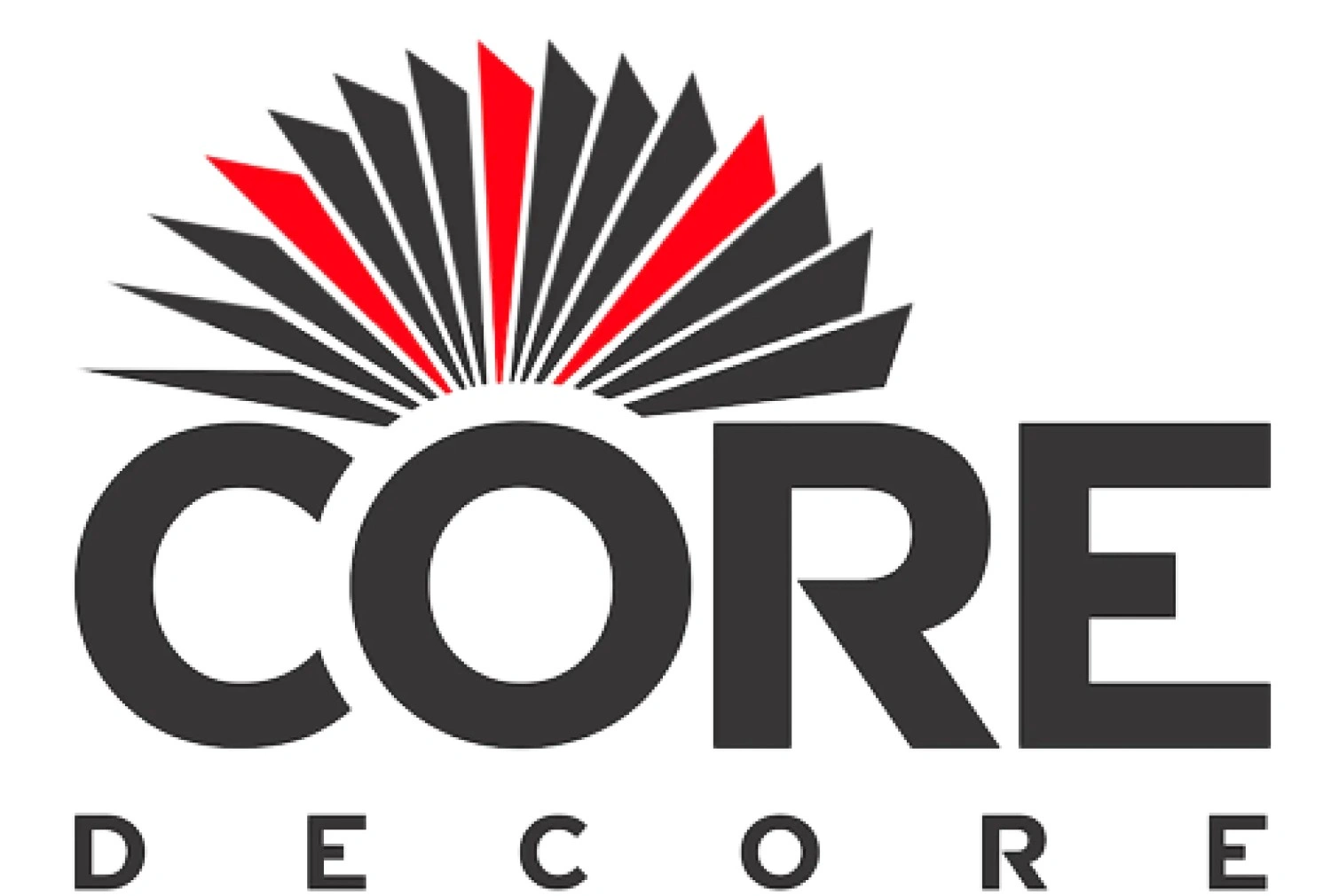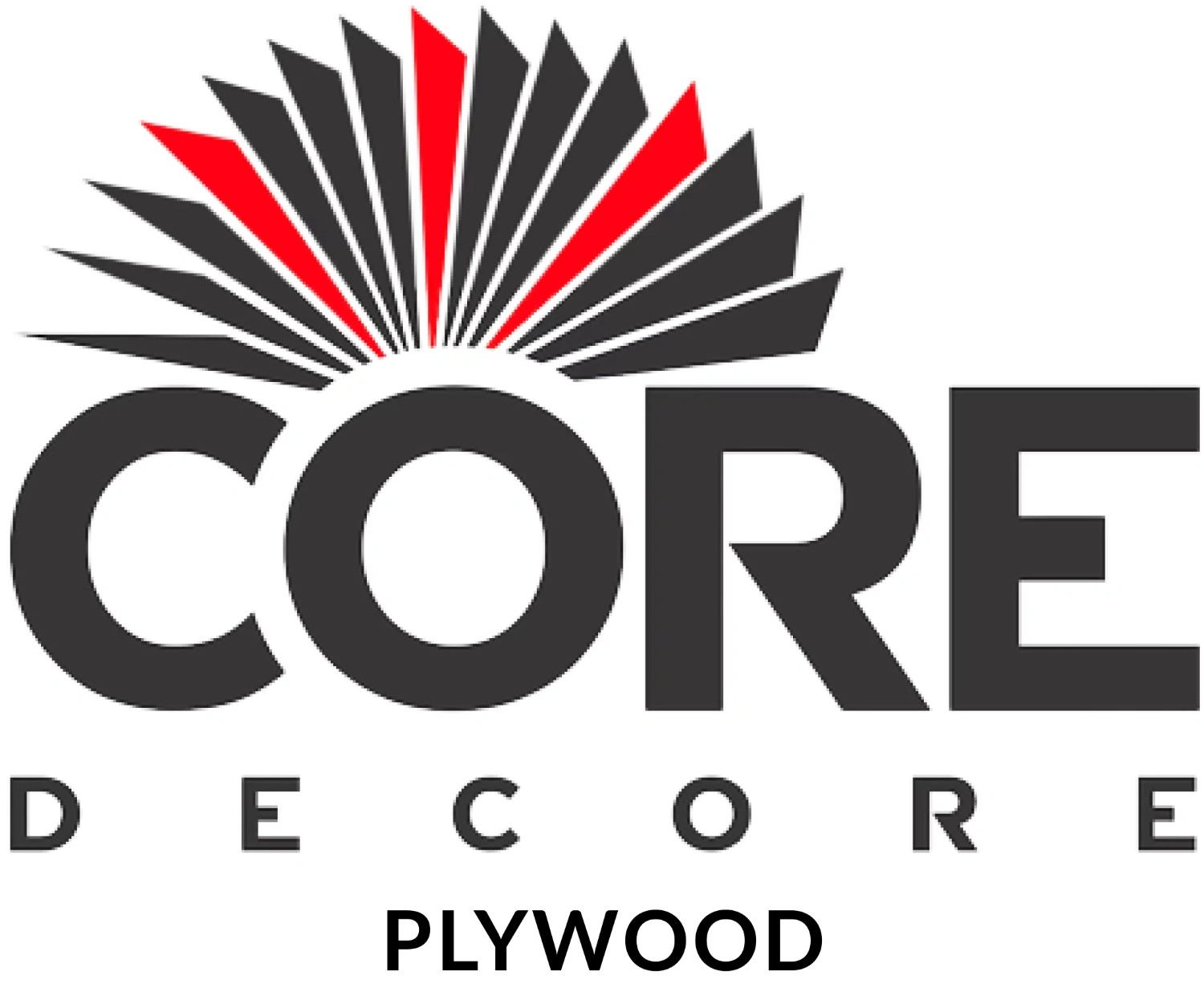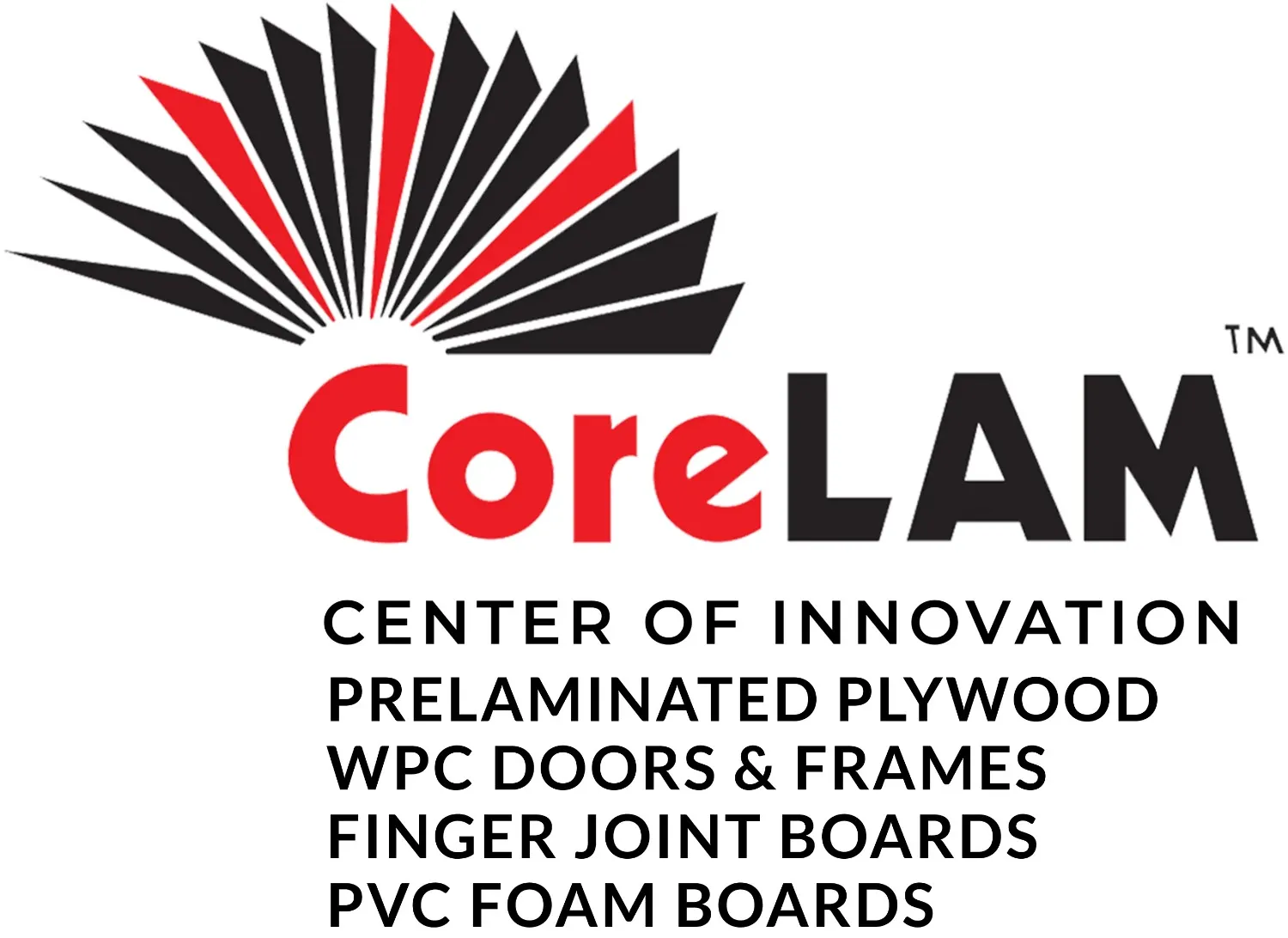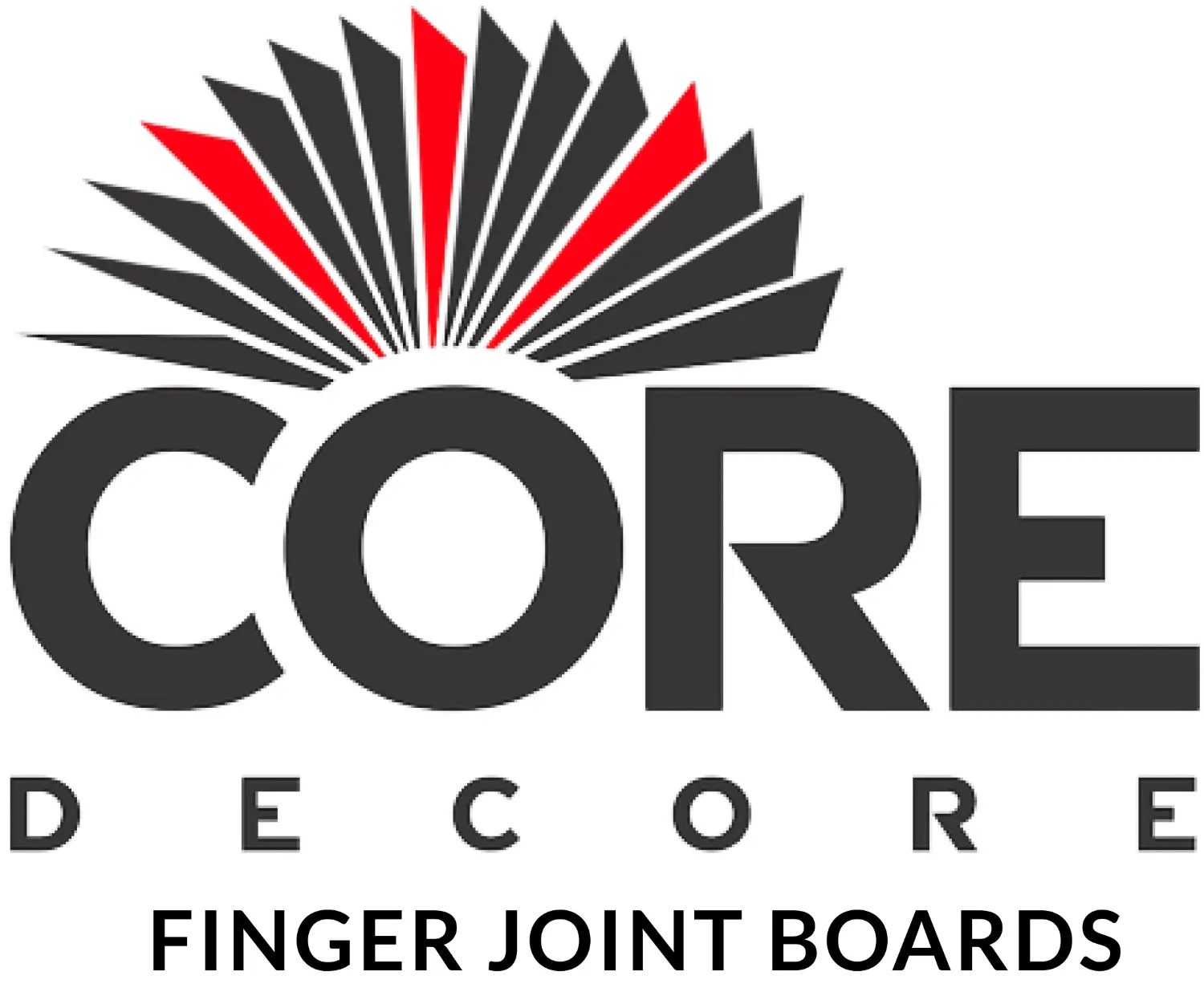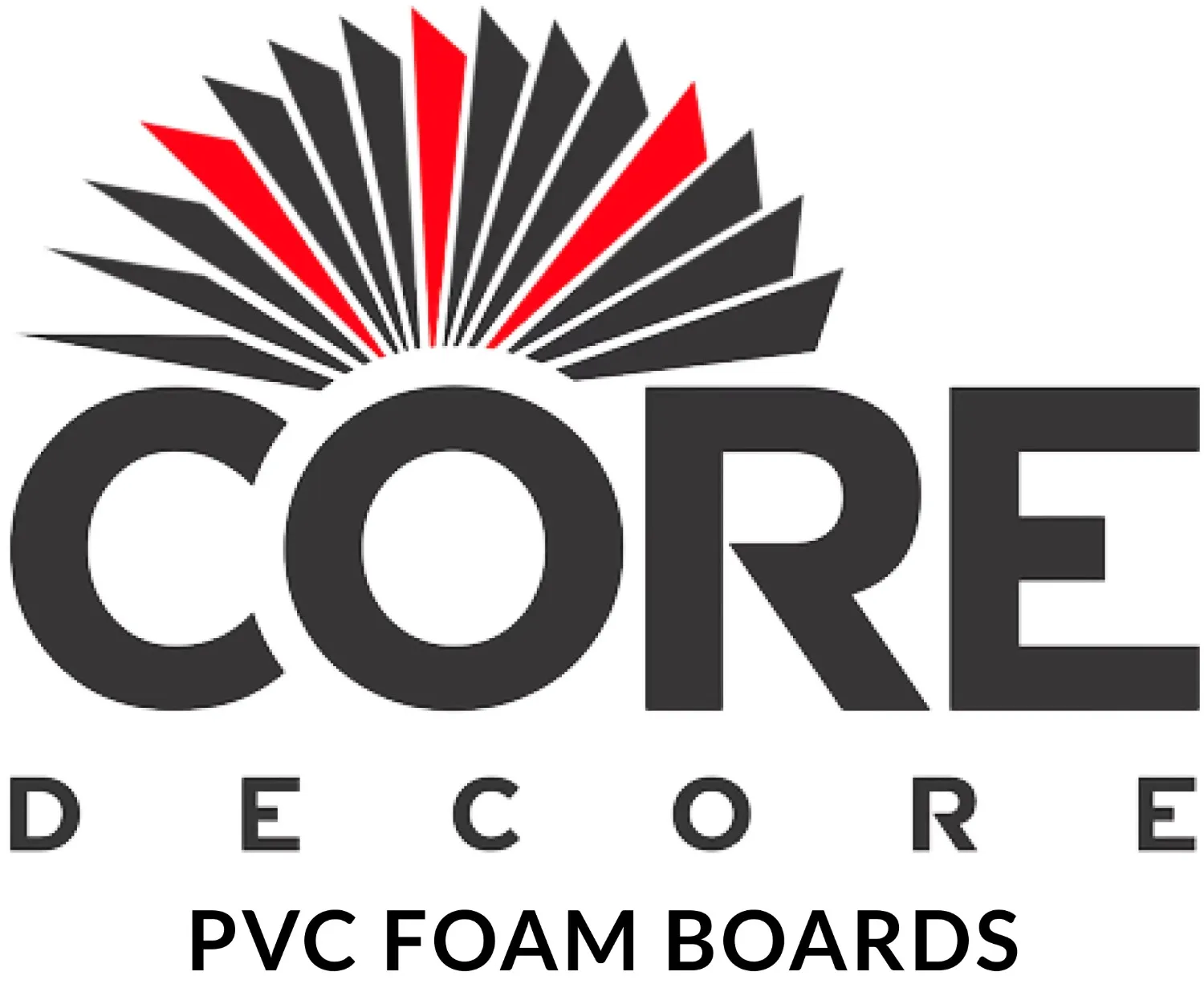How do the lamination process, termite protection, and GLP protection enhance the structural integrity of plywood?
Basically plywood has high structural integrity when compared to wood, but still to make it an ideal option for multiple purposes in various sectors, certain other processes are included in the basic manufacturing process of plywood namely lamination process- bonding the different layers of plywood/ another lamination process- prelamination- laminates are glued on plywood’s surface, termite protection process- control and prevent termites, GLP- ensures that the edges are even.
Lamination process
lamination process is a part of the manufacturing process in which multiple wood veneers are glued together in certain orientation. This orientation is the vital reason for the structural integrity of the plywood. In this process, multiple wood veneers are glued at right angles to each other such that if one wood veneer is displaced from its position, the other wood veneer which is at right angle to that compensates by retaining the structural integrity of the plywood which contributes to the stability of the plywood. The change in plywood’s orientation led to another type of plywood that is flexi plywood.
Knot of knowledge
- Wood veneers: functional units of plywood that are the pieces that they are obtained by cutting a piece of large single wood log.
- Resins: the glues that are used for bonding the wood veneers together.
1.Difference between flexi plywood and basic plywood?
In basic plywood, wood veneers are placed at right angles to each other contributing to its structural strength.Whereas in case of flexi plywood, wood veneers are placed in such a way that they are running in the same direction contributing to flexibility of plywood.The commonly used glues for bonding them together are phenol and formaldehyde as they have high durability and water- resistant properties.
2. How pre- lamination enhances the aesthetic look of the plywood
Pre- lamination is a process in which laminates, consists of layers of paper or fabrics that are bonded together by high pressure induced by heating. The top layer is only utilized for decorative purposes whereas the underlying layers provide structural support.
Types of laminates
- High pressure laminates
- Low pressure laminates
High pressure laminate
These types of laminates are created by fusing multiple layers of fabrics under high pressure. These are mainly utilized in the areas which demand high durability and strength.
Low pressure laminates
These types of laminates are created by fusing multiple layers of fabrics under low pressure. These are usually utilized for residential home decorating purposes.
Pre- laminated plywood
With the help of technological advancement, the aesthetic vibe is enhanced by laminating plywood correlated with some other materials. As a whole, these materials are called laminates which are placed over the plywood to enhance the appealing look of the plywood.
3. Do laminates enhance the appealing feel of plywood?
Combining laminates with plywood is crucial in furniture manufacturing, thanks to digital printing technology. These laminates add both visual appeal and sound management to our interiors. These qualities correlated with characteristics such as moisture resistance and thickness.
4. Termite protection
Termite protection ensures the longevity and structural integrity of our wooden products. Termites can cause significant damage to plywood and other wood-based materials, leading to structural weaknesses and compromising the overall stability of a building or object.
1. Chemical Treatments
One of the most common methods for termite protection in plywood is the application of chemical treatments. Various chemical preservatives are used to impregnate the plywood, creating a barrier that is toxic to termites. Common preservatives include:
- Copper-based Compounds: Copper naphthenate and copper oxide are effective in deterring termites.
- Boron Compounds: Borate-based preservatives, such as disodium octaborate tetrahydrate, are known for their termite resistance.
- Synthetic Pyrethroids: These are chemical insecticides that are effective against termites and other wood-destroying insects.
Chemical treatments not only protect against termites but also provide resistance to other wood-boring insects and fungi.
2. Pressure Treatment
Pressure treatment involves placing the plywood in a pressure chamber and forcing the preservative chemicals into the wood. This method ensures a deeper penetration of the chemicals, providing more effective and long-lasting termite protection. Pressure-treated plywood is commonly used for outdoor applications, where the risk of termite infestation is higher.
3. Use of Naturally Resistant Wood
Some types of wood are naturally resistant to termites. Utilizing plywood made from naturally termite-resistant wood species, such as redwood, cedar, or certain types of tropical hardwoods, can provide a level of inherent termite protection. However, it's important to note that even these woods may benefit from additional treatments in high-risk areas.
4. Physical Barriers
Installing physical barriers is another approach to protect plywood from termite infestations. This may include creating a physical separation between the plywood and the ground, such as using metal flashing or installing termite shields. Additionally, placing a sand barrier around the structure can make it more difficult for termites to access the plywood.
5. Regular Inspections
Regular inspections of plywood structures are essential for early detection of termite activity. Timely identification of termite infestations allows for prompt intervention, minimizing potential damage. Professionals can conduct thorough inspections, looking for signs of termite activity such as mud tubes, damaged wood, or the presence of swarmers
6. Moisture Control
Termites are attracted to moist environments. Controlling moisture levels in and around plywood structures can help deter termite infestations. Proper ventilation, drainage, and maintenance of a dry environment are essential preventive measures.
7. Integrated Pest Management (IPM)
Integrated Pest Management involves a comprehensive and sustainable approach to pest control. It combines multiple strategies, including chemical, biological, and physical methods, to manage pests effectively while minimizing environmental impact. This approach may involve the use of termite-resistant building materials, regular inspections, and targeted chemical treatments.
8. Coating with Termite-Repellent Products
Specialized coatings containing termite-repellent chemicals can be applied to the surface of plywood. These coatings create a protective layer that deters termites from infesting the wood. However, it's essential to note that the effectiveness of coatings may diminish over time and with exposure to the elements.
5. Glue Line protection
The glue lines, which are the layers of adhesive that bond the individual veneers together, must be protected from various environmental factors and potential sources of degradation. Proper glue line protection contributes to the overall performance of plywood, especially in applications where the material may be exposed to moisture, temperature variations, and other challenging conditions.
Edge sealing, which involves applying protective coatings or sealants to the plywood edges, prevents water penetration and enhances water resistance. Veneer grading systems help ensure that only high-quality veneers free from defects are used in plywood production, safeguarding the glue lines from potential weaknesses. Overlays, such as phenolic films or fiberglass, offer additional protection to the glue lines by providing resistance to abrasion and environmental factors. Considering the specific environmental conditions to which plywood will be exposed is crucial, as different protection measures may be required for exterior applications compared to indoor uses.
Avoiding exposure to extreme conditions, such as prolonged sunlight or temperature variations, is important in preserving the adhesive bond. Regular maintenance and inspections are recommended for plywood subjected to ongoing stress or environmental exposure, allowing for the early identification of issues like delamination.
The lamination process, termite protection and GLP protection enhances the structural integrity and longevity of the plywood.

